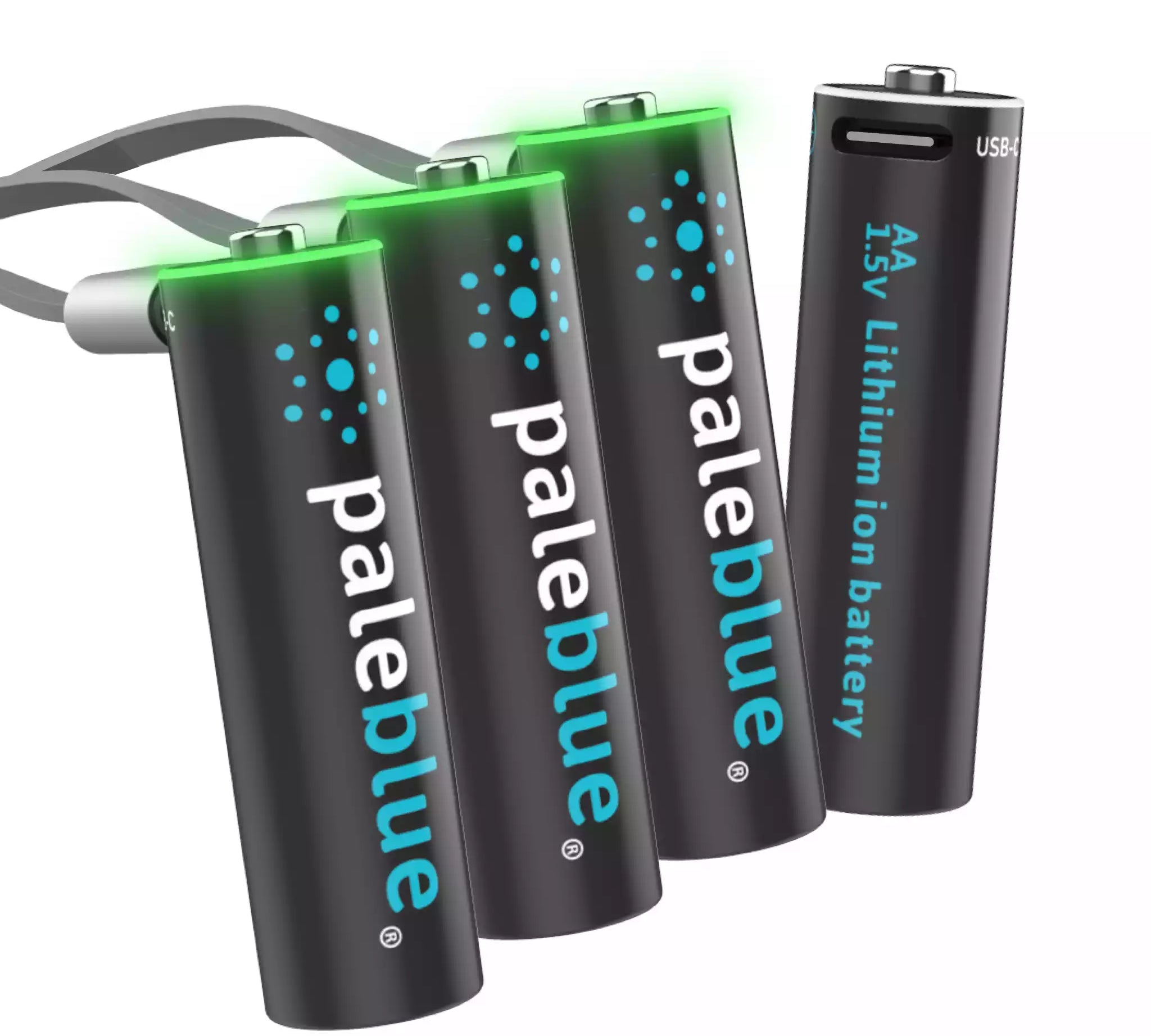Sustainability Perspective Is a Steward of the Land
Ask ten people to describe what sustainability looks like and you are likely to get some variation in their answers. That's okay. Sustainability isn't a single exercise or action. The principle itself is actually quite...














